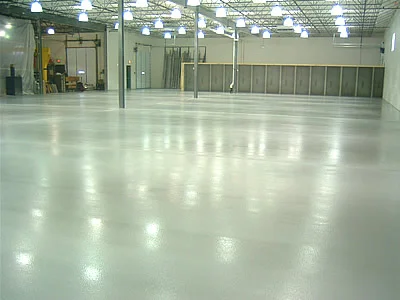Resinous Flooring
Resinous flooring involves applying a base of resinous material to concrete, creating a smooth, non-porous flooring surface. Resinous flooring is typically cast or poured in place then is cured, allowing it to set completely. These flooring systems can be decorative and are very chemical resistive. The 3 most common types of resinous flooring are epoxy, polyurethane, and acrylic. All three are two-part systems consisting of a resin and a hardener material. The two parts are mixed just prior to application, and a chemical reaction between them causes the mixture to begin hardening immediately.
Types of Flooring
EPOXY
Mainly paste, with fine sands randomly exposed.
POLYURETHANE
Mainly fine sands up 1/8″ aggregate, with paste and large aggregate randomly exposed.
ADDITIONAL OPTIONS
Cove Base (Hutto Bathrooms Pic) | Joint Filler
BENEFITS OF RESINOUS FLOORING
CHEMICAL RESISTANT: Proper protective coatings can help prevent solvents, acids, alkalis, and other compounds from absorbing into the concrete and seeping into the soil underneath.
SEAMLESS SURFACE: Provides a smooth seamless surface that blocks dirt, grime, and bacteria from building up. Perfect for facilities where hygiene is a top priority.
SLIP RESISTANT: Back of house work and food and beverage processing areas require a floor with slip resistance. Anti-slip and slip resistant textures can be installed in the epoxy system.
HEAVILY CUSTOMIZABLE: Coatings come in an array of colors and can be patterned to fit your specific style.
ABILITY TO FIT IN TIGHT SPACES: Unlike other floor systems resinous flooring can be poured in areas where equipment or manufacturing lines cannot be moved.
HARD WEARING: Very durable floor system that can withstand large amounts of heavy machinery traffic.




